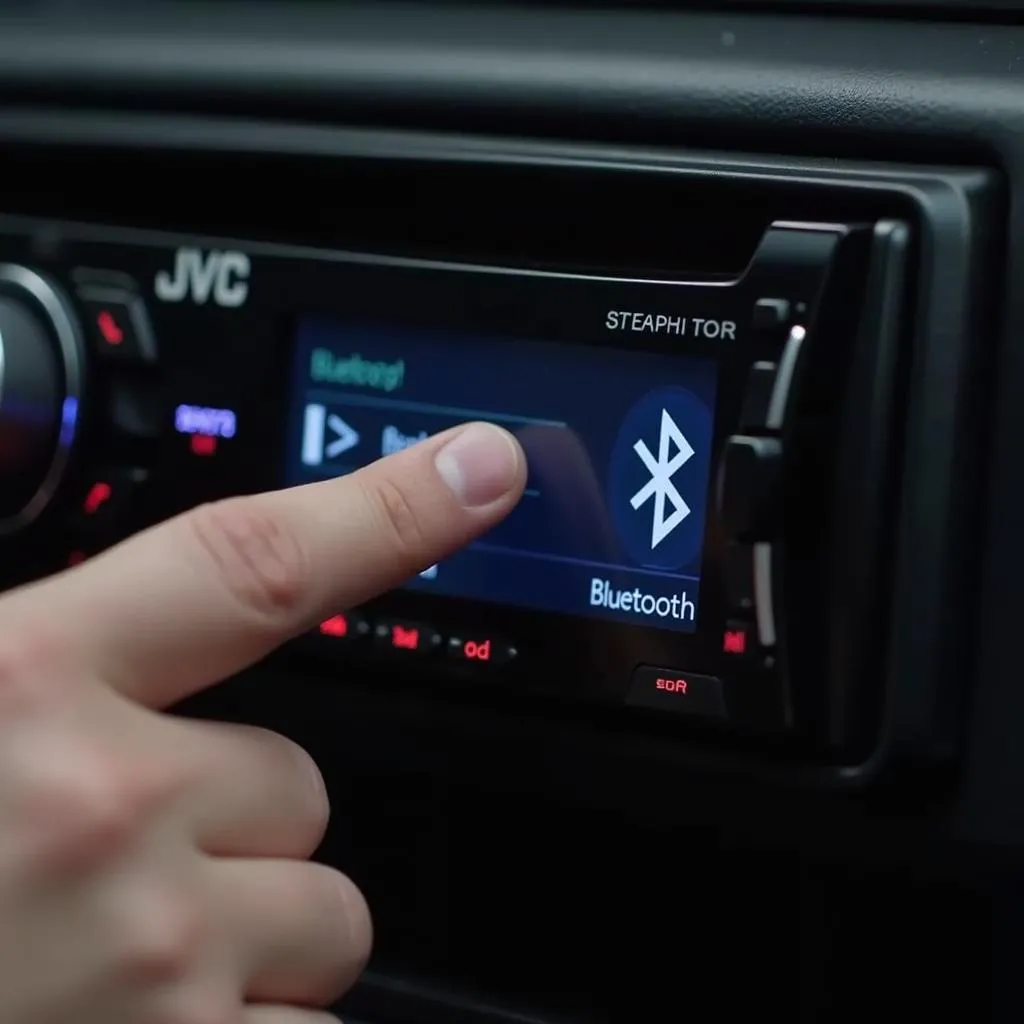Imagine this: You’re heading back to your car after a long day, only to find it won’t start. The lights are flickering, the alarm might be blaring, and you’re starting to suspect your car is stuck in anti-theft mode. But what does that even mean?
Anti-theft mode, often called immobilizer mode, is a security feature designed to deter vehicle theft. When triggered, it disables critical systems like ignition, fuel pump, or starter, preventing unauthorized use. Essentially, it turns your car into a very expensive brick.
What Triggers Anti-theft Mode?
Anti-theft systems are usually armed automatically when you lock your car and disarmed when you unlock it using your key fob. However, several scenarios can trigger this mode accidentally:
- Weak or Dead Key Fob Battery: A weak battery signal can confuse the system, leading it to perceive your key as unauthorized.
- Interference with Key Fob Signal: Electronic devices, radio frequencies, or even large metal objects can disrupt the signal between your key fob and the car.
- Faulty Ignition Switch: A malfunctioning ignition switch can send incorrect signals to the car’s computer, triggering the anti-theft system.
- Damaged or Disconnected Wiring: Damaged or loose wiring in the security system or keyless entry system can disrupt communication and activate the immobilizer.
How to Recognize if Your Car is in Anti-theft Mode
While the signs can vary between car models, some common indicators include:
- Rapidly Flashing Security Light: This is often the most noticeable sign.
- Clicking Sounds when Starting: You might hear clicking sounds from the starter or solenoid, indicating the system is blocking ignition.
- “Immobilizer Active” Warning on Dashboard: Some vehicles display a warning message related to the immobilizer or security system.
Tools and Equipment for Troubleshooting Anti-theft Issues
Before attempting to resolve anti-theft issues, gather these tools:
- Your Car’s Owner Manual: Your manual will have specific instructions for your vehicle model.
- Spare Key Fob: If the issue lies with your key fob, a spare can help diagnose the problem.
- Code Reader: A code reader can help identify any trouble codes stored in your car’s computer related to the anti-theft system.
Steps to Disengage Anti-theft Mode
Disengaging anti-theft mode often involves a specific sequence of actions. Here’s a general guide, but always refer to your owner’s manual for model-specific instructions:
- Check Your Key Fob Battery: Replace the battery if it’s weak or dead.
- Use the Key in the Driver’s Side Door Lock: This can sometimes reset the system by synchronizing the key with the car.
- Leave Your Car Locked and Unlocked: Lock and unlock your car using the key fob several times in succession.
- Disconnect the Battery: Disconnecting the battery for a few minutes can reset the car’s electrical system, potentially clearing any temporary glitches.
Frequently Asked Questions about Anti-theft Systems
Q: Can I disable the anti-theft system permanently?
A: Disabling your car’s anti-theft system is highly discouraged as it leaves your vehicle vulnerable to theft.
Q: What if none of the steps work?
A: If you’ve exhausted all options, it’s best to seek professional assistance. A qualified mechanic or an automotive locksmith can diagnose and address the issue using specialized tools and knowledge. Consider contacting companies like CARDIAGTECH for remote diagnostics and programming services.
Q: How effective are aftermarket anti-theft devices?
A: Aftermarket devices like steering wheel locks, GPS trackers, and kill switches can add an extra layer of security to your vehicle.
By understanding how anti-theft systems work, you can be better prepared to handle these situations should they arise.

